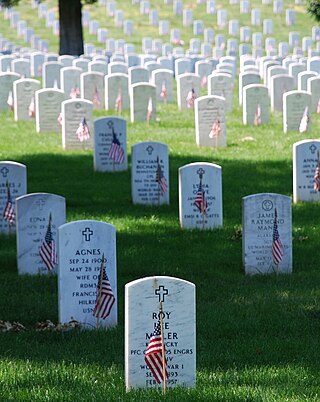
Memorial Day is a federal holiday in the United States for honoring and mourning the U.S. military personnel who died while serving in the United States Armed Forces. From 1868 to 1970, it was observed on May 30. Since 1971, it is observed on the last Monday of May.

The Battle of Brice's Cross Roads, also known as the Battle of Tishomingo Creek or the Battle of Guntown, was fought on Friday, June 10, 1864, near Baldwyn, Mississippi, then part of the Confederate States of America. A Federal expedition from Memphis, Tennessee, of 4,800 infantry and 3,300 cavalry, under the command of Brigadier-General Samuel D. Sturgis, was defeated by a Confederate force of 3,500 cavalry under the command of Major-General Nathan B. Forrest. The battle was a victory for the Confederates. Forrest inflicted heavy casualties on the Federal force and captured more than 1,600 prisoners of war, 18 artillery pieces, and wagons loaded with supplies. Once Sturgis reached Memphis, he asked to be relieved of his command.

Columbus is a city in and the county seat of Lowndes County, on the eastern border of Mississippi, United States, located primarily east, but also north and northeast of the Tombigbee River, which is also part of the Tennessee-Tombigbee Waterway. It is approximately 146 miles (235 km) northeast of Jackson, 92 miles (148 km) north of Meridian, 63 miles (101 km) south of Tupelo, 60 miles (97 km) northwest of Tuscaloosa, Alabama, and 120 miles (193 km) west of Birmingham, Alabama.
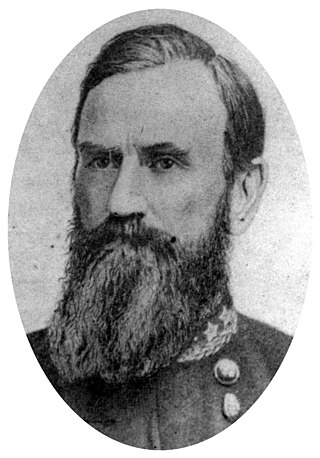
Benjamin Grubb Humphreys was an American politician from Mississippi. He was a general in the Confederate States Army during the American Civil War and served as Governor of Mississippi from 1865 to 1868, during Reconstruction.

Howell Cobb was an American and later Confederate political figure. A southern Democrat, Cobb was a five-term member of the United States House of Representatives and the speaker of the House from 1849 to 1851. He also served as the 40th governor of Georgia (1851–1853) and as a secretary of the treasury under President James Buchanan (1857–1860).

Stephen Dill Lee was an American officer in the Confederate Army, politician, and first president of Mississippi State University from 1880 to 1899. He served as lieutenant general of the Confederate States Army in the Eastern and Western theaters of the American Civil War.

William Barksdale was a lawyer, newspaper editor, US Representative, and Confederate general in the American Civil War. He served four terms in the U.S. House of Representatives from 1853 to 1861.

Maple Hill Cemetery is the oldest and largest cemetery in Huntsville, Alabama, United States. Founded on two acres in about the year 1822, it now encompasses nearly 100 acres and contains over 80,000 burials. It was added to the Alabama Historical Commission's Historic Cemetery Register in 2008, and to the National Register of Historic Places in 2012. Its occupants include five governors of Alabama, five United States senators, and numerous other figures of local, state, and national note. It is located east of the Twickenham Historic District.

Camp Chase was a military staging and training camp established in Columbus, Ohio in May 1861 after the start of the American Civil War. It also included a large Union-operated prison camp for Confederate prisoners during the American Civil War.

John Wilkins Whitfield was a territorial delegate to the United States House of Representatives who represented Kansas Territory from 1854 until 1856. He was an officer in the Confederate Army during the American Civil War, being commissioned as a brigadier general on May 9, 1863.
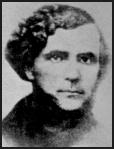
Richard Griffith was a brigadier general in the Confederate States Army during the American Civil War. He was mortally wounded at the Battle of Savage's Station during the 1862 Peninsula Campaign. He was one of a number of Confederate generals who were born in the North in Pennsylvania.
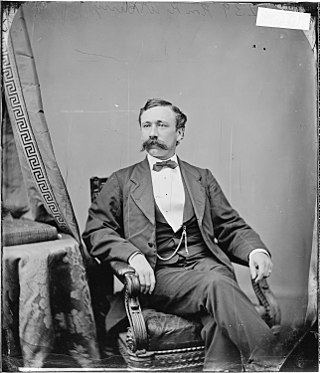
Henry W. Barry was a Union army officer during the American Civil War, reaching the rank of Brevet Brigadier General. He commanded a regiment of United States Colored Troops. After the war, he became an attorney and politician.
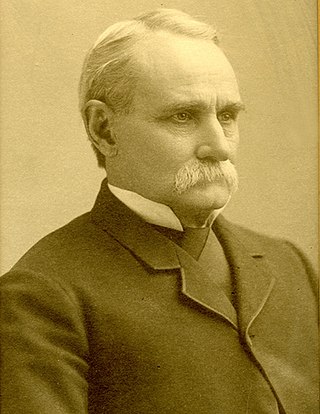
Ethelbert Barksdale was a slave owner, a U.S. Representative from Mississippi, and a member of the Confederate States Congress during the American Civil War.

William S. Barry was an American politician who served as a Deputy from Mississippi to the Provisional Congress of the Confederate States from 1861 to 1862. He was also a U.S. Representative from 1853 to 1855, representing the state of Mississippi.
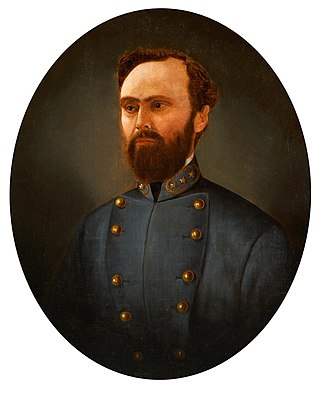
Jacob Hunter Sharp was a Mississippi lawyer, newspaperman and politician, as well as a general in the Confederate States Army during the American Civil War. He played a prominent role of several major engagements of the Army of Tennessee in the Western Theater, including the Atlanta Campaign in 1864 where he was several times recognized by his commanders and peers for bravery in combat. After the war, he also served in the Mississippi House of Representatives and was its Speaker from 1886 to 1888.
The 43rd Mississippi Infantry Regiment was a regiment of infantry in the Confederate States Army. It fought in many battles and campaigns of the American Civil War. It was known as "The Camel Regiment" after its mascot, Douglas the camel.
Jeptha Vining Harris was a brigadier general and later, after a year in private life, a colonel in the Mississippi State Troops, who fought in conjunction with the Confederate States Army in Mississippi during the American Civil War. His militia brigade served at Vicksburg, Mississippi during the Siege of Vicksburg. Harris and the brigade were part of the Confederate army surrendered to Union Army forces under then Major General Ulysses S. Grant on July 4, 1863. After being exchanged in July and mustered out in August, 1863, Harris returned to civilian life. On August 26, 1864, Harris was commissioned as a colonel of militia and given command of forces at Macon, Mississippi.
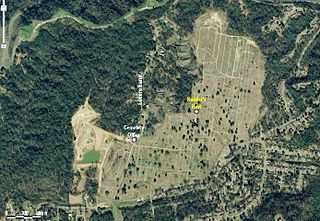
Cedar Hill Cemetery, also known as the City of Vicksburg Cemetery and Soldiers Rest Cemetery, is one of the "...oldest and largest cemeteries in the United States that is still in use". Establishment of Cedar Hill Cemetery predates the American Civil War.




















